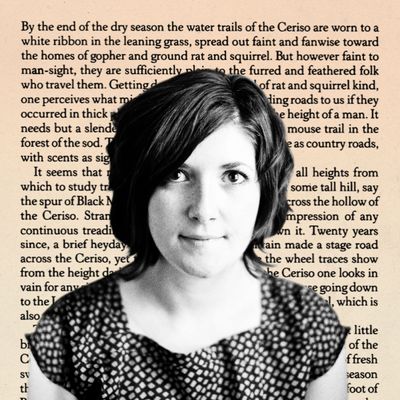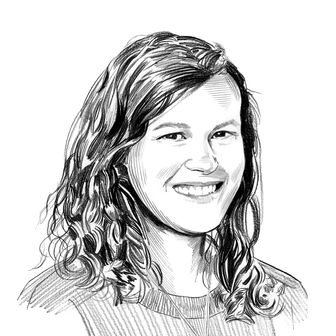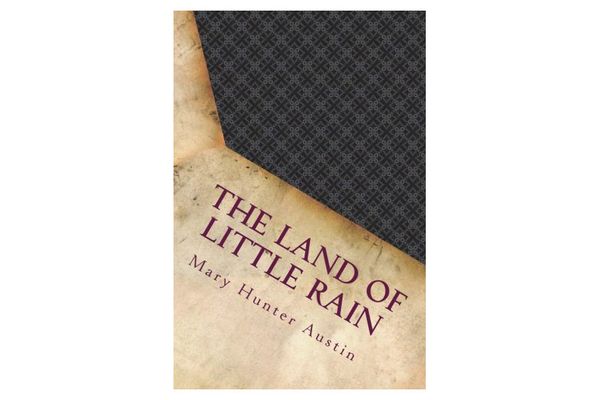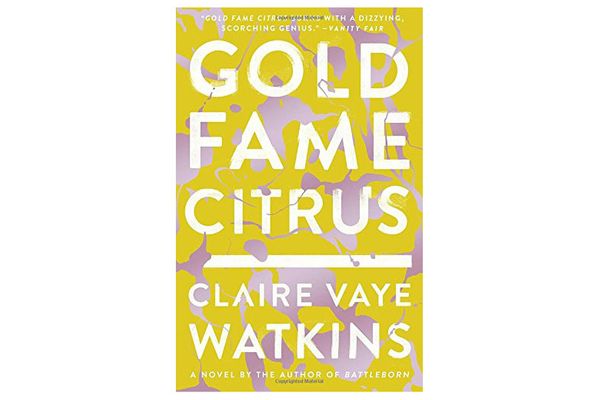
In Reading Women, the Cut talks to women who interest us about the books by women that transformed the way they think.
I came across Mary Austin’s The Land of Little Rain while I was researching my novel.
Reading it, I had the sense I was seeing a place I knew very well freshly. It’s a slender book of essays about the Owens Valley, on the eastern side of the Sierras, which is where I was born. Yet the way she writes about it is defamiliarizing and arresting, and sort of astonishing. I had to keep reminding myself that the book was published in 1903, because she seems so recent and contemporary.
I’ve come to think of her as an antidote to the Anthropocene — the idea that our era is defined by humans. At least 100 years before we came up with the concept of the Anthropocene, she was writing against it. In the title essay, she writes about the desert and how you can see the stars so clearly, which is something I knew very intimately when I was a kid. But then she writes: “Of no account you who lie out there watching, nor the lean coyote that stands off in the scrub from you and howls and howls …” She just had this clear-eyed sensibility that human beings are nothing — like, they’re dust. Just another animal put on this planet for just a moment. A lot of us have to train ourselves to remember that, but she seemed to get it naturally just by walking around the desert and paying attention.
If you buy something through our links, New York may earn an affiliate commission.







